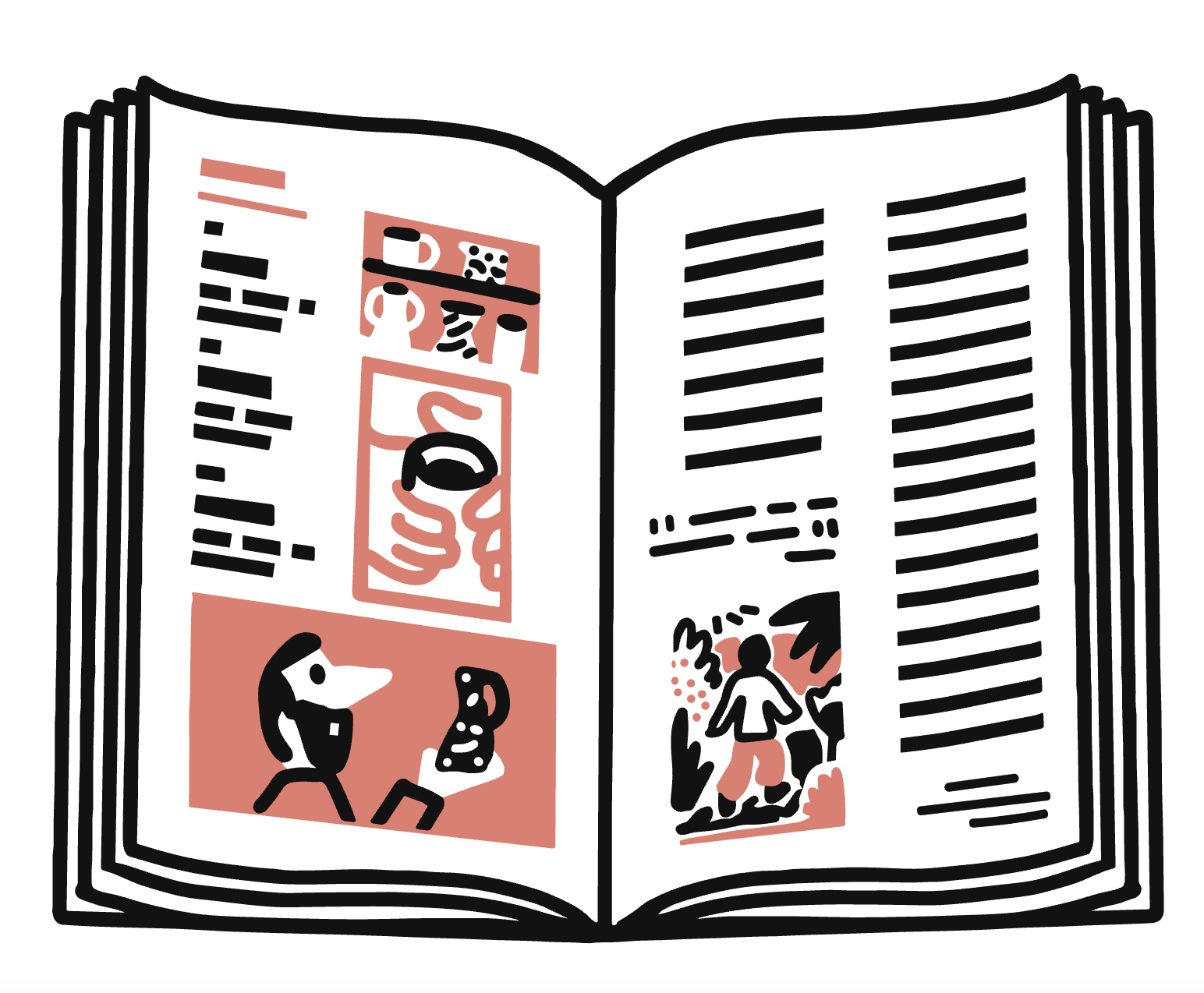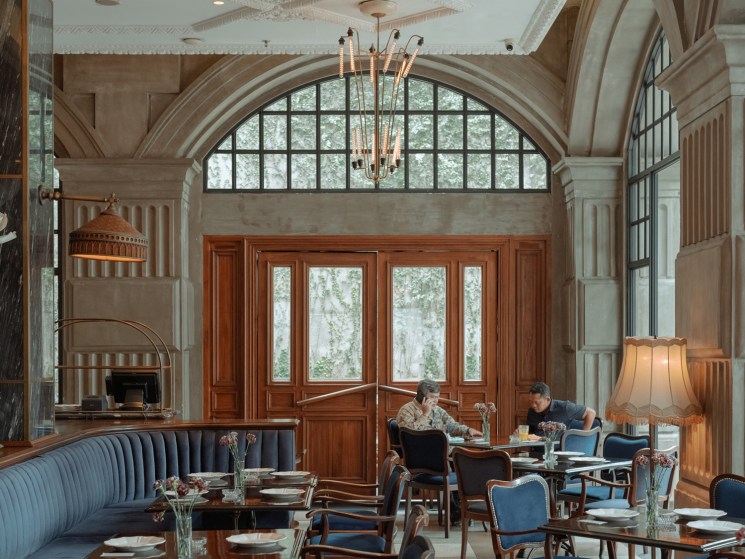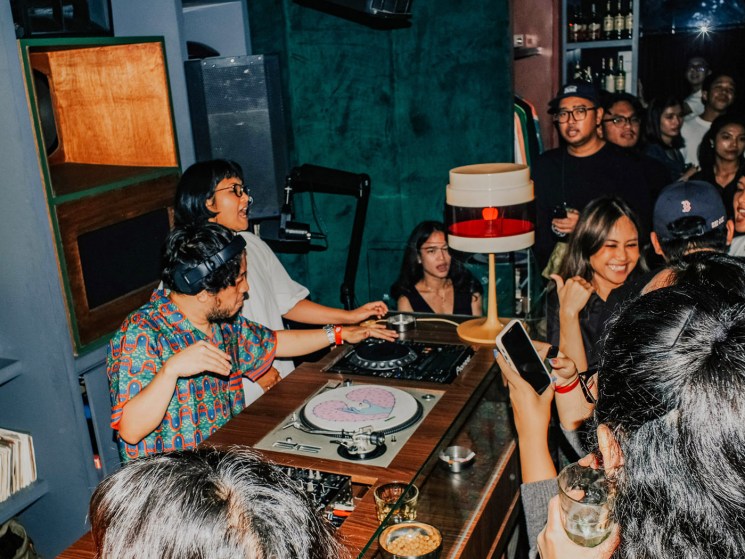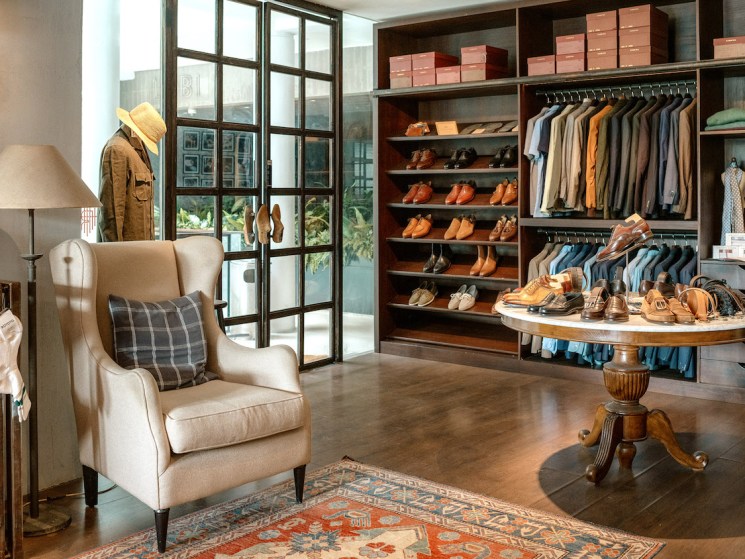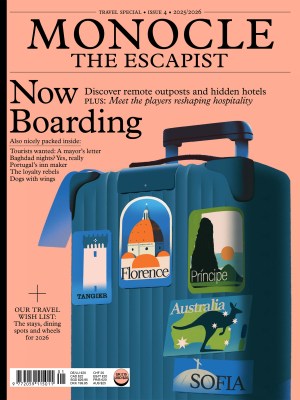Neighbourhoods
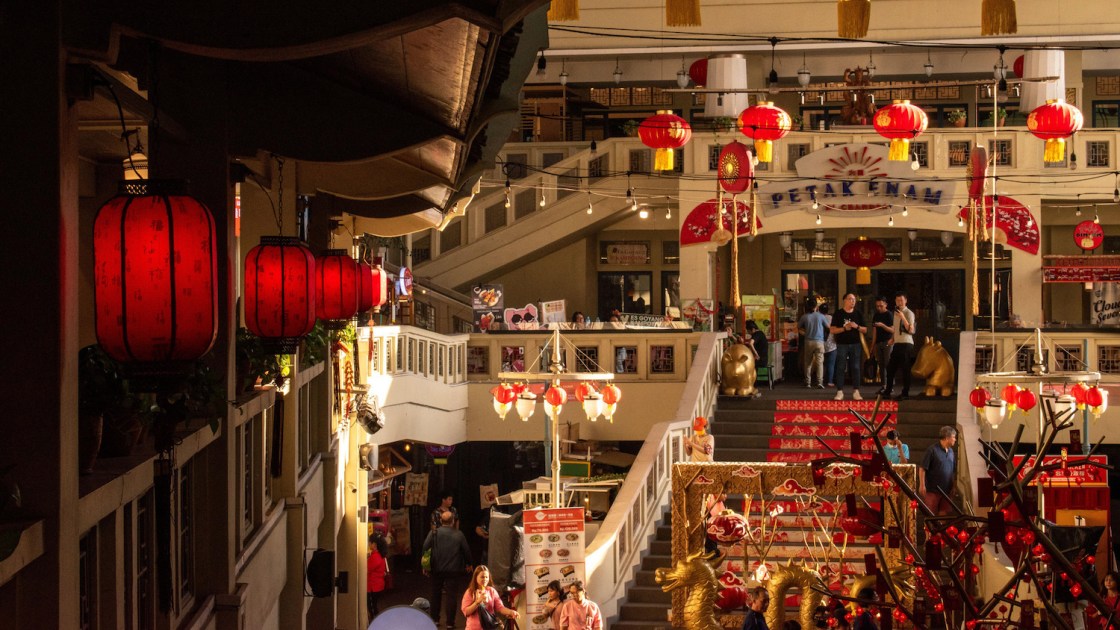
Melawai (often referred to as Blok M), Kebayoran Baru, South Jakarta
An energetic shopping quarter full of new discoveries
Melawai has long been a bustling commercial district, first under the Dutch and later finding a new identity as Jakarta’s Little Tokyo. A downturn at the start of this century has passed and Melawai is now reclaiming its status as one of the city’s most eclectic districts. The best-connected public places here are in and around two MRT stops: Blok M and Asean. Start at M Bloc, which took over the former national mint and turned it into a concert hall, market and shops.. From there, head to Martha Tiahahu Literacy Park, where locals like to lounge around the fountain and order a morning pick-me-up from Tuku, a popular café. The default option comes with milk and palm sugar.
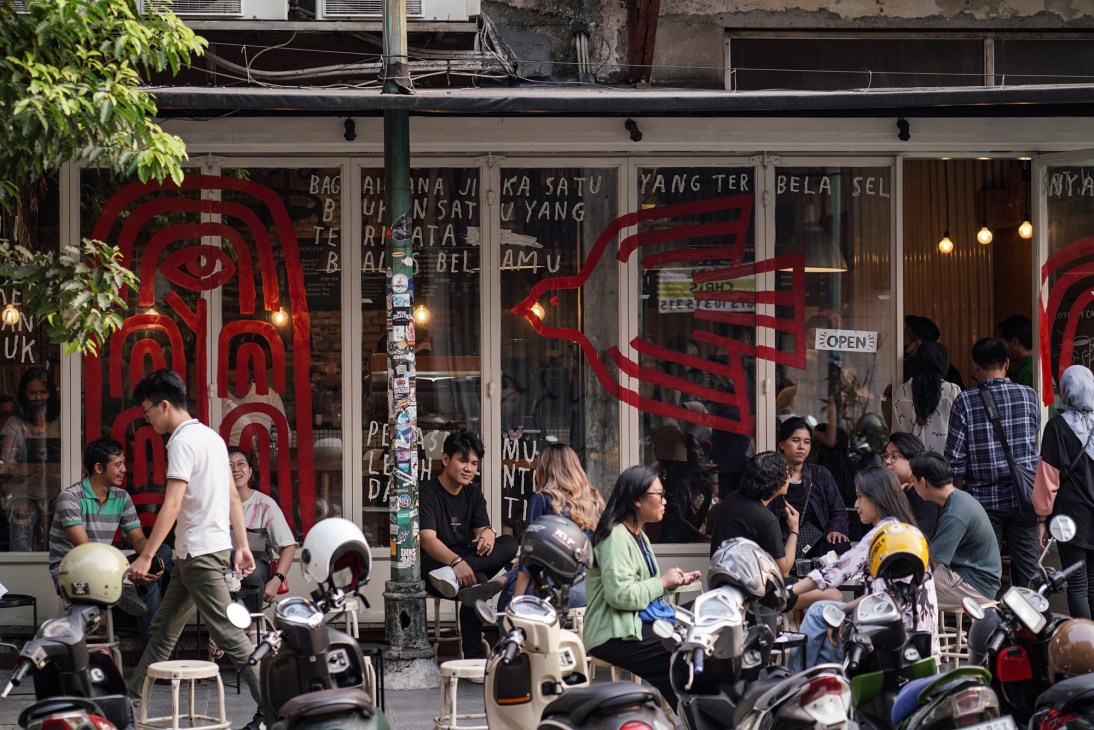
Lunch in Melawai is best taken at a no-frills Indonesian restaurant such as RM Sepakat, which has been serving delectable Padang dishes since the 1960s. For a lively crowd, walk past kiosks of used books and vintage records in Blok M Square’s lower level to find the Kuliner Toba section. This hawker-style food hall has plenty of options to choose from (and a fair few impromptu karaoke sessions). If a sweet bite is in order, oddball bakers Seroja Bake in Barito have pastries worth a detour. By evening, the mood in Melawai shifts as people flock for dinner or linger until traffic dies down. Book a table at Su Ma and stay for a drink at cocktail bar Shō. Across from Blok M station is Krapela, the city’s most exciting live-music house and bar. A quick ride in a three-wheeled bajaj taxi (or one MRT stop south) leads to the Grand Wijaya Centre where you can find McLovin, a no-fuss bar serving beers and highballs.
Menteng, Central Jakarta
An upscale neighbourhood with a classic feel
Menteng is a popular residential neighbourhood for Jakarta’s well-to-do political classes and ambassadors. Situated east of Sudirman and Thamrin, it boasts a dignified air with its tree-lined avenues and 1900s structures developed by the Dutch. Today, it houses embassies, governmental buildings, luxury residences and some of Jakarta’s favourite outdoor hangouts including Suropati Park. Get dropped off at Metropole XXI, a historic cinema. Order a piccolo at Giyanti Coffee Roastery, the city’s best, before strolling north to the cultural compound, Taman Ismail Marzuki. Jalan Surabaya’s stretch of antique dealers is a treasure trove of old-world finds. Art gallery Roh Projects and Menteng Tennis Club are nearby. Dining experiences can vary between business-lunch favourite Seribu Rasa and simple, family-run warungs. Ampera 2 Tak serves excellent Sundanese food from West Java, while heritage establishments Gandy Steak House and Restoran Trio offer more classic options. When the sun begins to set, unwind at The Hermitage’s cosy hotel lounge for cocktails or head to its rooftop bar, La Vue. This 1923 building once housed the colonial-era telephone exchange, Telefoongebouw. If you can’t be tempted to stay the night, flag down a Bluebird taxi and zip west to The Jaya Pub for a louder end to the evening.
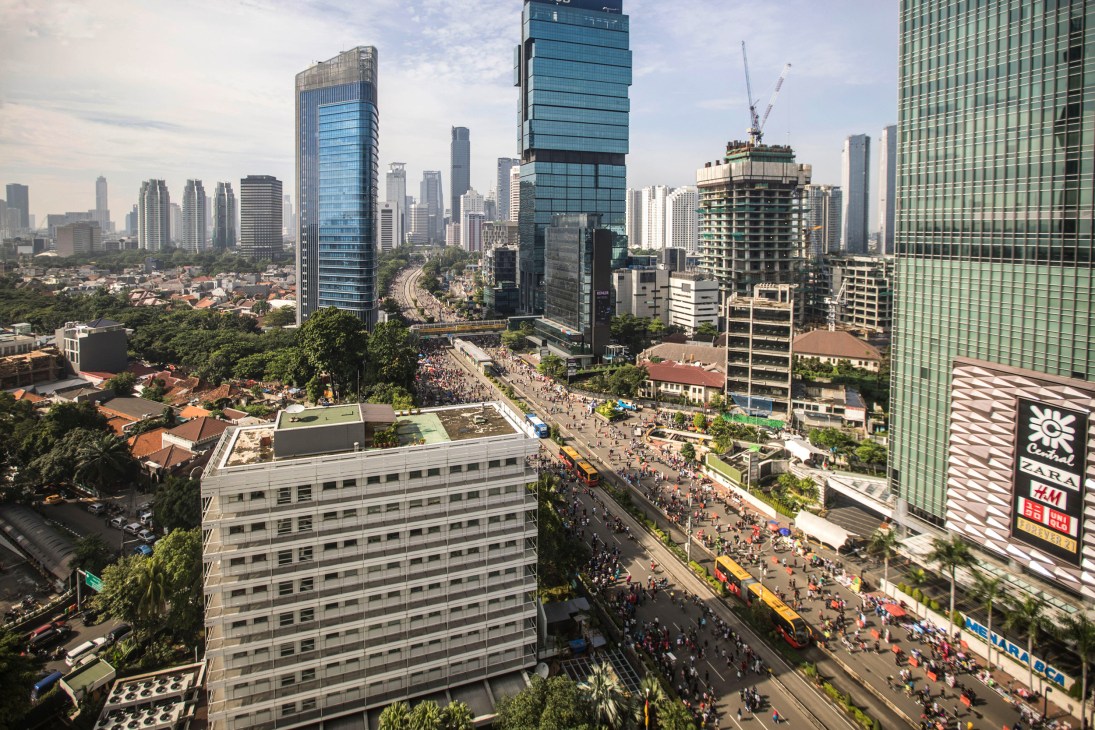
Glodok, Taman Sari, West Jakarta
A historic enclave sprawling with culture
Indonesia’s oldest Chinatown, Glodok, is a vibrant district where layered histories meet a buzzing present. The area’s past, marked by the 18th-century Geger Pecinan massacre, contrasts sharply with its current role as a commercial and culinary hub. Now part of Kota Tua (Jakarta’s old town), Glodok’s labyrinthine alleys – such as Gang Gloria and Gang Kalimati – are a feast for the senses, lined with street-food vendors and family-run shops housed in historic Chinese-influenced architecture. Start the day with a light bite and a fortifying cup of oolong at Pantjoran Tea House, a few steps from Glodok’s newly rebuilt welcome gates. From Glodok Market follow the narrow Jalan Kemenangan Raya, which leads to several century-old institutions such as Tjang Thjang Sen (PD Jaya Abadi), a fourth-generation-run grocer.
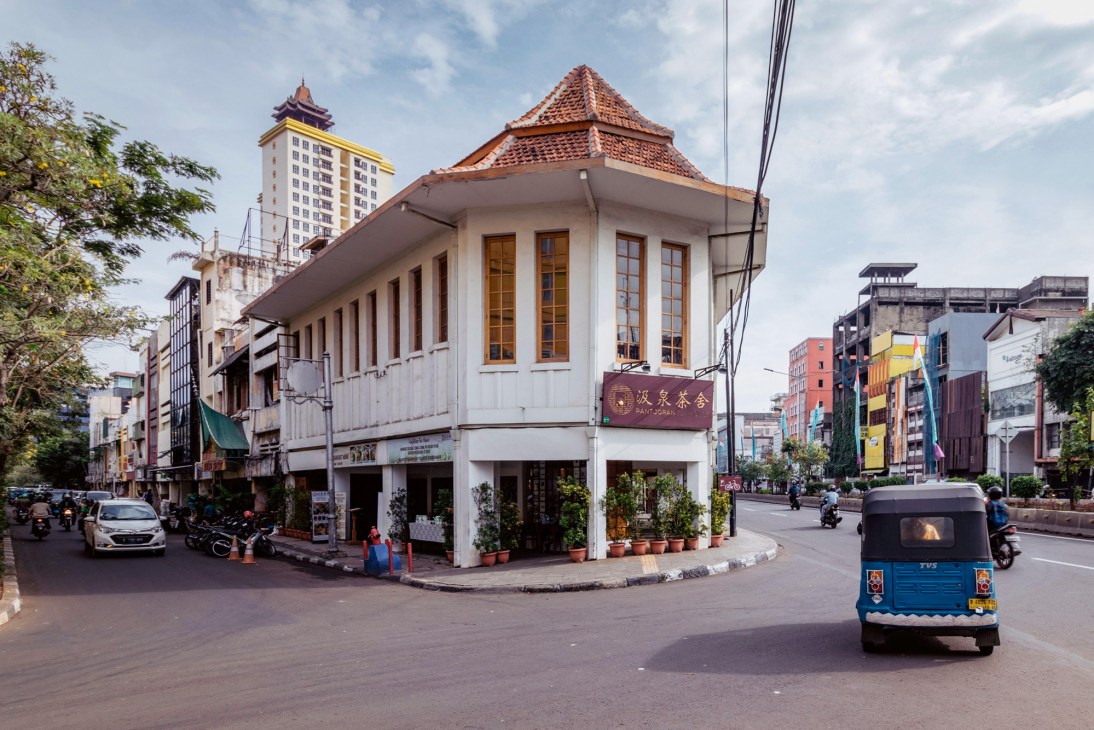
Further south is Jin De Yuan (Vihara Dharma Bhakti), the oldest Chinese temple in Jakarta. Around the corner is the Santa Maria de Fatima church, with its distinct roof that reflects the area’s multicultural fabric. Nearby, artist Metta Setiandi’s MET Glodok draws a younger crowd with art, coffee and heritage walking tours, alongside Lalita Setiandi’s LIT Bakehouse. For lunch, Lao Hoe’s prawn noodles are a local must, while Petak Enam di Chandra offers Hainanese mixed rice, crisp pempek and other hawker-style fare. Round it off with an iced coffee at the historic Kopi Es Tak Kie before strolling north to Jakarta’s old town. From there, take a stroll to Fatahillah Square, home to the Jakarta History Museum and the Museum of Fine Arts and Ceramics. For dinner options with a side of history, head to House of Tugu’s Jajaghu Restaurant or Café Batavia.
